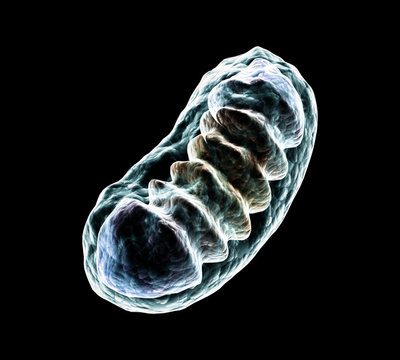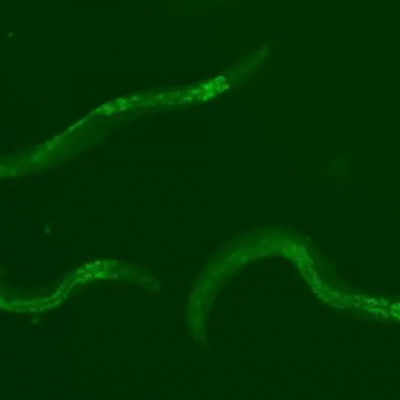Microbiologists have discovered tiny bacteria in sterile water samples that were thought to have been filtered out by modern filtration systems. These unknown bacteria were able to slip through the filters and were found to have a volume of only 0.009 cubic micrometers, much smaller than previously thought possible. The discovery challenges the belief that there is a minimum size for life, as these bacteria are able to accommodate their genetic material, metabolism, and stored nutrients in a much smaller space than previously thought.
The discovery was made by Jillian Banfield and colleagues from the University of California in Berkeley, who were searching for unknown bacteria in groundwater. They found three different strains of bacteria using a cryo-electron microscope, including the ultra-small bacteria that are a subgroup of microbial life on Earth that we know very little about. These bacteria are found in many habitats and likely play an important role in microbial communities and ecosystems.
The question remains as to how these tiny bacteria are able to survive. The researchers found that the bacteria are built in a space-saving way, with their DNA tightly coiled into spirals and their genetic material being very sparse. They also forego some areas of metabolism, which means they miss out on important nutrients, but they may be able to obtain these nutrients through a type of symbiotic relationship with other microorganisms. The researchers also observed filamentous appendages, called pili, on many of the bacteria, which could allow them to make contact with other microorganisms and exchange nutrients. However, much is still unknown about the metabolism of these ultra-small bacteria, with about half of the genes from the newly discovered strains still a mystery to the researchers. This discovery shows that the minimum size for life needs to be redefined, and there may be even smaller bacteria yet to be discovered.










